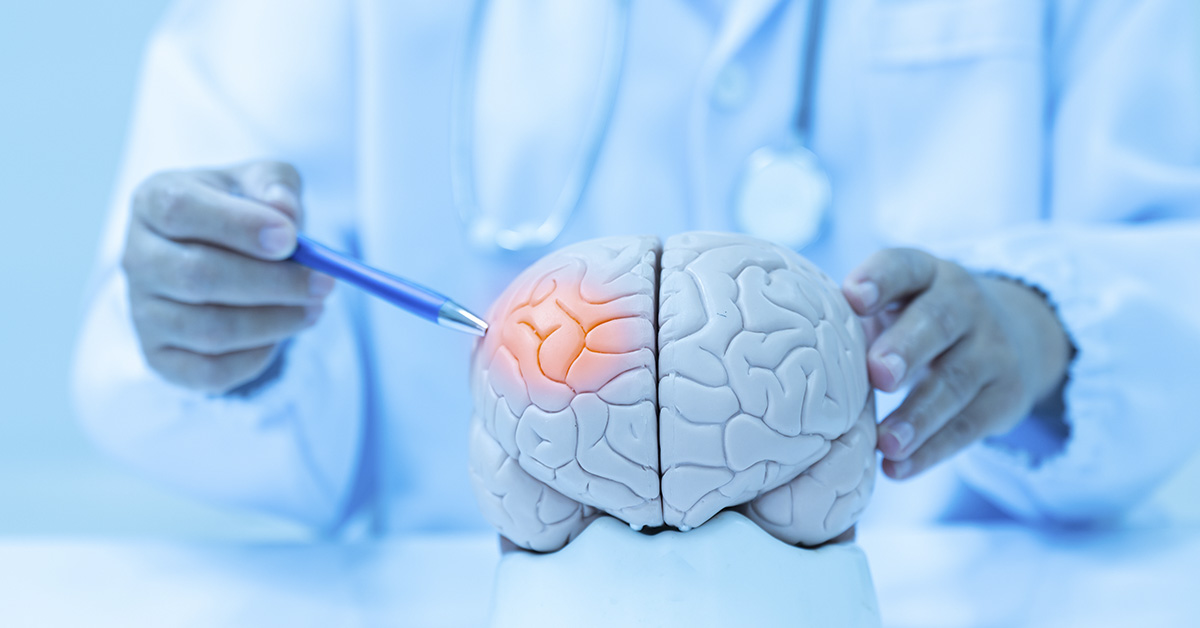In the United States alone, strokes are the 5th most common cause of death and one of the prominent causes of disability. In a new study led by Harvard T.H. Chan School of Public Health researchers uncovered a link between chronic loneliness and stroke risk. According to the study there is evidence suggesting chronic loneliness may significantly increase the stroke risk for older adults. Especially when experienced for a long time, loneliness plays an important role in stroke incidence.
Previous research connected loneliness to heart disease reflecting the romantic expression “a broken heart can kill you.” However, very few studies examined the specific impact loneliness has on stroke risk. This new research looks at how changes in loneliness affect a person’s stroke risk over a period of time.
Unpacking the Study
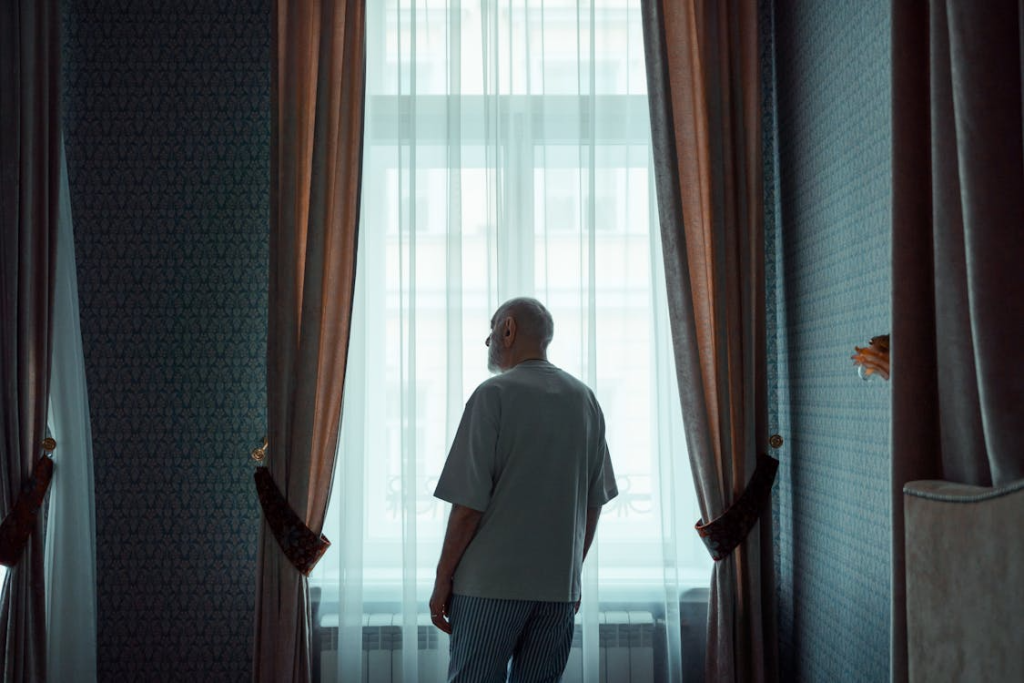
Researchers used data from the Health and Retirement Study (HRS). They analyzed information collected between 2006 and 2018. The study followed 12,161 adults who were 50 years or older. Importantly, none of these individuals had a history of stroke when the study began. This allowed the researchers to focus specifically on what factors led to new cases of stroke among the participants over the 12-year period.
Participants first answered questions from a standard loneliness scale at the beginning of the study.Researchers then developed loneliness scores for each person. About 4 years later, many of the same participants answered the questions again. This method allowed the research team to track how feelings of loneliness changed over time. It provided a dynamic view of each person’s experience with loneliness during the study period.
Based on their scores, researchers placed participants into 4 groups. The “consistently low” group scored low on loneliness at both assessments. The “remitting” group’s loneliness scores went from high to low. The “recent onset” group became lonelier over the 4 years. Finally, the “consistently high” group had high loneliness scores at both times.
Read More: 8 Signs of Strokes in Women: Why Women Have More Strokes
The Stark Reality of Chronic Loneliness
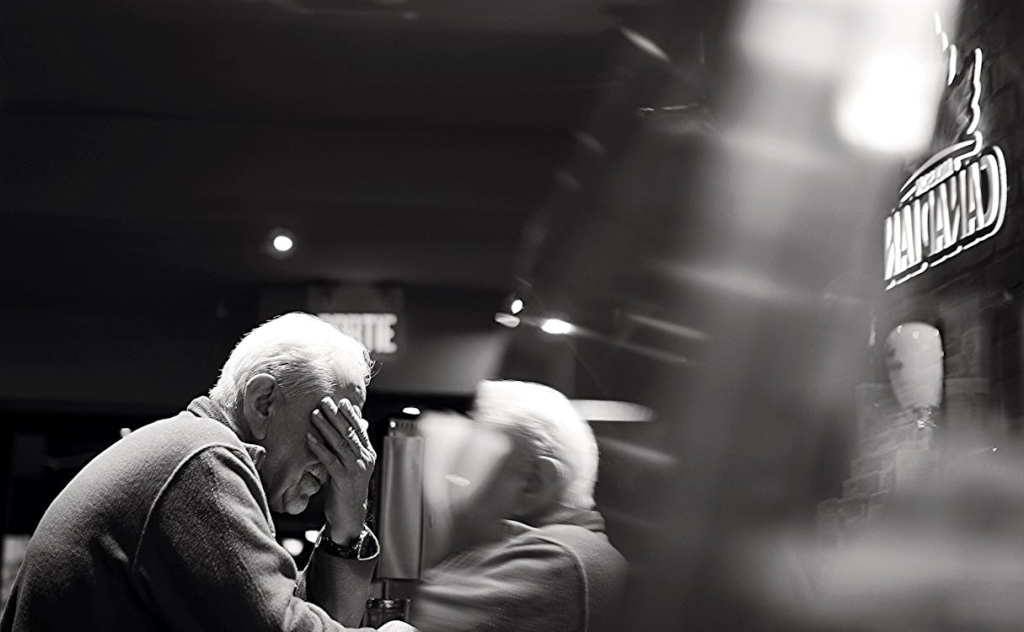
Adults who were in the “consistently high” loneliness group had a 56% higher risk of stroke. This was in comparison to those in the “consistently low” group. This increased risk remained significant even after researchers accounted for a wide range of other health and behavioral risk factors. Their research led them to conclude there is evidence that clearly indicates that chronic loneliness is a major health threat.
Why Loneliness, Not Just Isolation, Matters

There is a critical distinction between loneliness and social isolation. Loneliness is a subjective feeling of distress, while social isolation is an objective measure of social contacts a person has. An individual can be surrounded by people and still feel extremely lonely. The study suggests this internal feeling, not just being physically alone, drives the increased stroke risk.
Understanding a Stroke
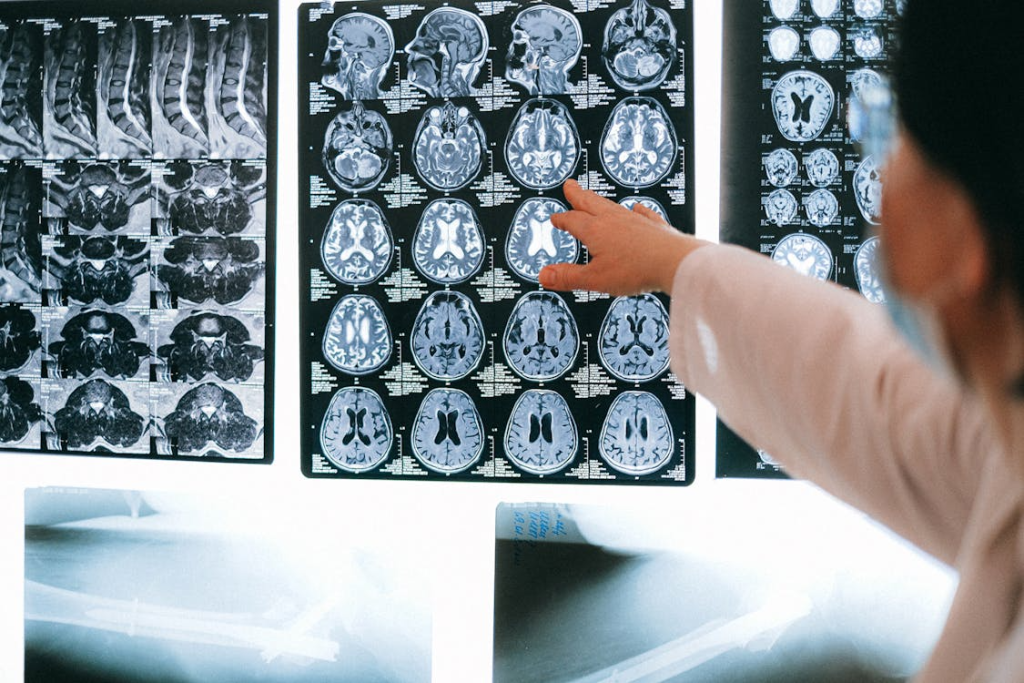
A stroke occurs when an obstruction in the blood vessel interrupts the blood flow to an area of the brain. This interruption can be caused by either a blockage (clot) or a rupture of a blood vessel. When blood flow stops, brain cells no longer receive the oxygen and glucose they need to survive causing damage to the brain.
Read More: The Silent Struggle: How Retirement Can Trigger Unexpected Social Isolation
The Two Main Types of Stroke

There are 2 primary types of stroke. The most common is an ischemic stroke, which accounts for almost 90% of all cases of strokes. This type of stroke is similar to a heart attack, but it occurs in the brain. It happens when a blood clot obstructs a blood vessel that supplies blood to the brain. These clots can form in the brain’s arteries or travel to the brain from another part of the body, blocking blood flow.
The other type is a hemorrhagic stroke. These strokes occur when a blood vessel in the brain ruptures or leaks blood. The resulting bleeding puts too much pressure on brain cells, causing damage. The most frequent causes of this type of stroke are uncontrolled high blood pressure and brain aneurysms. An aneurysm is a weak or thin spot on a blood vessel wall that can burst open unexpectedly.
Recognizing the Warning Signs of Stroke
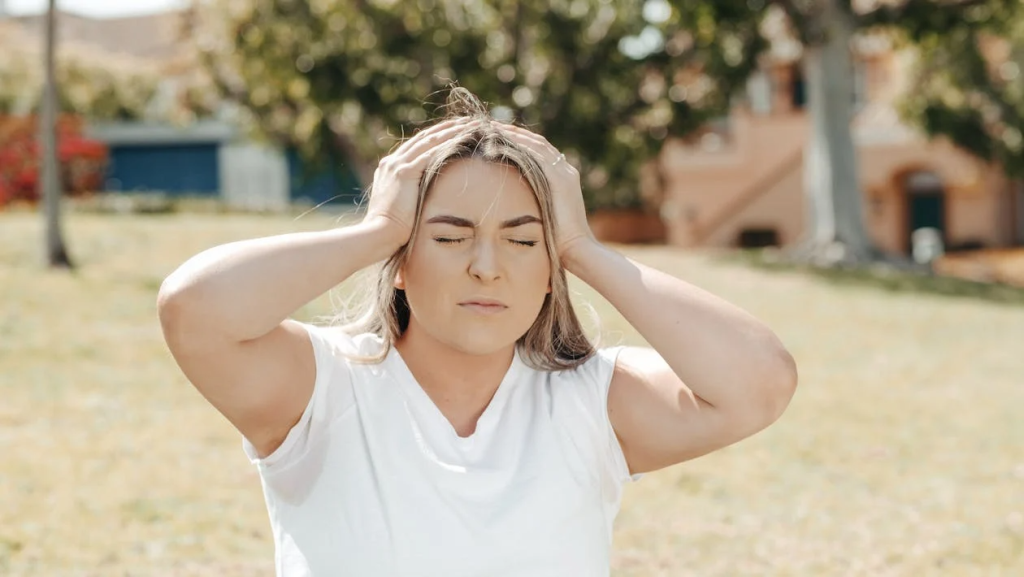
Stroke symptoms usually appear very suddenly. One of the most common signs is weakness or numbness on one side of the body. This typically affects the face, an arm, or a leg. The person might also have a sudden loss of vision. This can affect one or both eyes, and is sometimes described as a curtain falling over their sight. Loss of speech or difficulty talking are also key indicators.
Proactive Steps for Stroke Prevention

Strokes and stroke risk are preventable through healthy lifestyle changes. An important first step is to manage your blood pressure. High blood pressure, or hypertension, is a leading cause of stroke. Regulation of blood and cholesterol levels is important for stroke prevention. Quitting smoking significantly lowers your risk of stroke, as smoking doubles stroke risk.
Diet and exercise play a significant role in stroke prevention. Consuming a diet low in sodium and unhealthy fats can help lower your blood pressure and reduce stroke risk. Regular physical activity is also essential. A simple brisk walk can greatly improve your health and maintain a healthy weight.
The Importance of Connection and Well-being

The new study from Harvard adds an important layer to stroke prevention. It demonstrates that our mental and emotional health matters greatly. Addressing feelings of chronic loneliness is a clear public health priority. The research suggests that emotional well-being is as critical as physical health. This is especially true for reducing the high stroke risk that is seen in many older adults today.
Read More: This Nightclub for the Elderly is Helping Fight Loneliness
